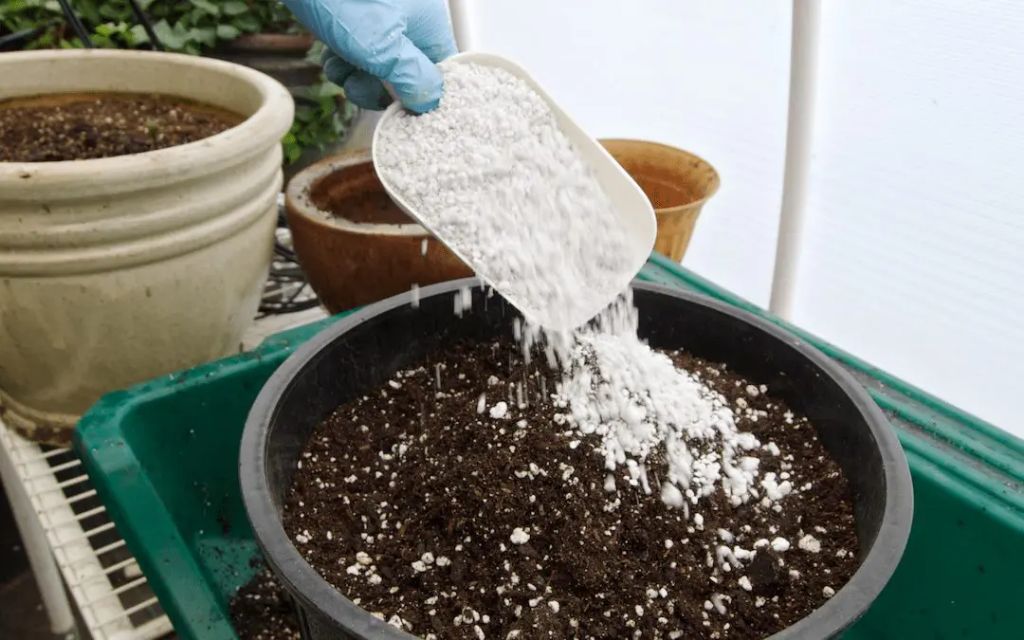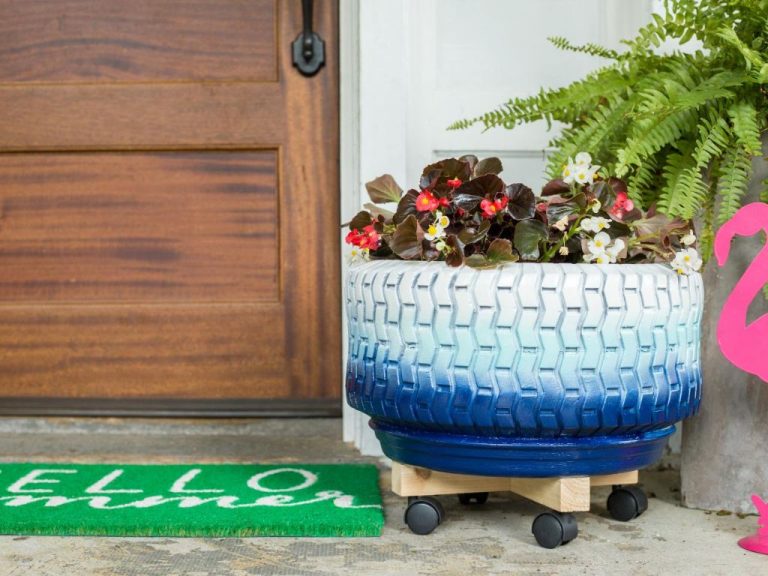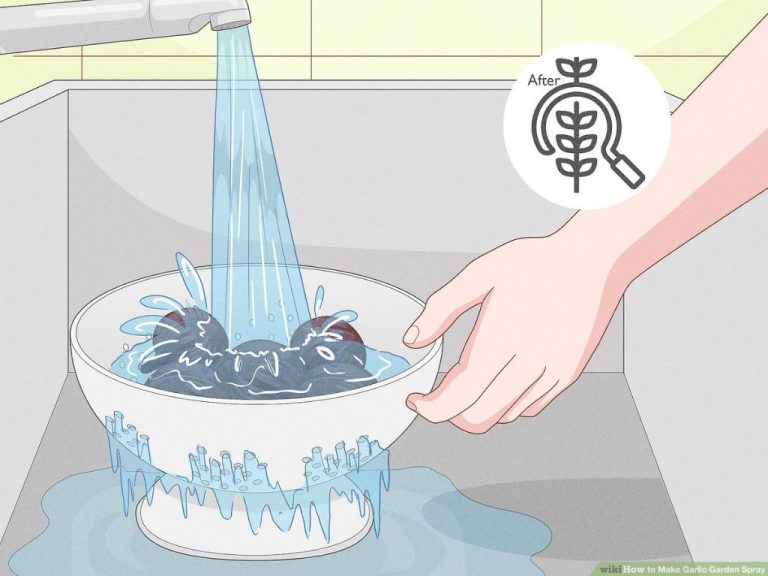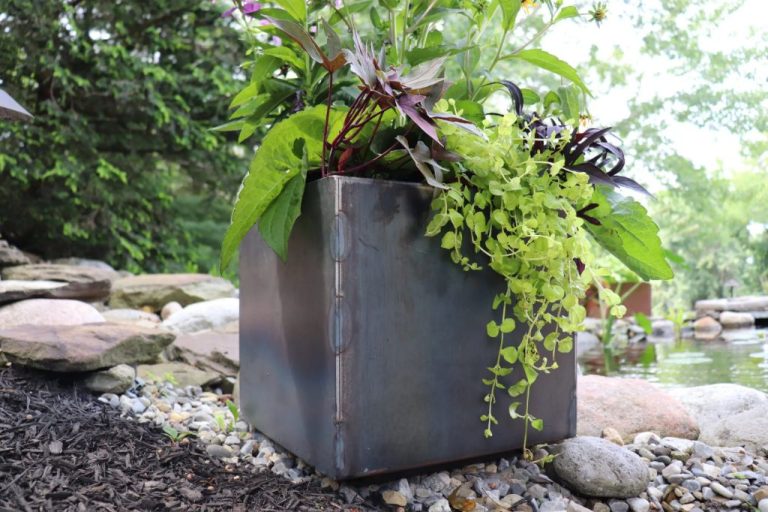Homemade Garden Soil Mixes For Healthy Plants
Making your own homemade soil mix for your garden plants can provide many benefits compared to using packaged potting soil alone. Homemade mixes allow you to control the exact ingredients and ratios used, creating a customized growing medium tailored to your specific plants and garden conditions (source). By understanding the different components that give soil its key properties, you can amend and adjust your soil as needed to improve moisture retention, nutrition, aeration, and drainage.
This article will walk through the main considerations and steps for creating homemade soil mixes. We’ll cover assessing your current soil, choosing ingredients like compost and peat moss, mixing and amending over time, and adjusting factors like pH. The goal is to provide you with the knowledge to make your own optimized blends resulting in healthier, more productive plants.
Assessing Your Existing Soil
The first step in creating a homemade garden soil mix is understanding the composition and needs of your existing soil. Testing your soil’s pH level, nutrient content, and drainage capacity will provide key insights on how to amend it for optimal plant health.
To test pH, purchase an inexpensive soil testing kit and follow the instructions to get a reading. Most plants thrive in slightly acidic soil between 6.0-6.5 pH. If the reading is too acidic or alkaline, you’ll need to add amendments like lime or sulfur to adjust it. Testing yearly allows you to monitor pH changes over time.
You can also send soil samples to labs for nutrient analysis to determine levels of nitrogen, phosphorus, and potassium. While this costs more, it provides detailed data to identify any deficiencies you need to correct by adding organic fertilizers or compost.
Check drainage by digging a hole 12 inches deep and filling it with water. If it drains completely within a few hours, drainage is adequate. Standing water indicates poor drainage that can be improved by mixing in materials like compost, sand, or perlite.
Conducting these soil tests provides a baseline understanding of your unique garden soil needs so you can create custom mixes. Targeted amendments tailored to your existing soil will support healthier plants.
Basic Ingredients for Soil Mixes
There are several essential ingredients that are commonly used in homemade garden soil mixes. These ingredients help provide nutrients, retain moisture, improve drainage and aeration, and create an optimal texture for healthy plant growth.
Some of the key ingredients include:
- Compost – Compost adds vital organic matter and nutrients to soil. It helps bind particles together, improves moisture retention, and introduces beneficial microbes. Quality compost made from yard waste, food scraps, and manure is an ideal component for soil mixes. According to this source, compost makes up a large proportion of many garden soil recipes.
- Peat Moss – Peat moss has a fine, spongy texture that helps retain moisture and improve soil structure. It is acidic, so can help lower soil pH. As noted in this garden soil recipe, peat moss is frequently used at about 1/3 by volume in mixes.
- Perlite – Perlite consists of volcanic glass that has been expanded with heat treatment. It improves drainage and aeration. Perlite is very lightweight and helps lighten heavy soils.
- Vermiculite – Similar to perlite, vermiculite is a mineral that expands when heated to improve soil structure. It has excellent water retention abilities and increases porosity. Vermiculite also provides some nutrients like magnesium and potassium.
- Coco Coir – Coco coir comes from coconut husks and helps soil retain moisture. It resists compaction and provides air spaces. Coco coir has good cation exchange capacity to bind nutrients. It can be used similarly to peat moss in soil mixes.
These basic ingredients each serve important functions for creating an optimal growing medium for plants. Gardeners can mix them in varied proportions to achieve the right balance of organic matter, moisture retention, drainage, and nutrients needed for their specific soil and plants.
Soil Mix Recipes

The basic ingredients for making your own potting or garden soil mix can be combined in different ratios depending on your intended use. Factors like drainage, aeration, and nutrient retention requirements vary for specific plants. Here are some tried and tested soil mix recipes:
For vegetables and flowers:
- 1 part compost
- 1 part peat moss or coconut coir
- 1 part perlite or vermiculite
This well-balanced mix provides nutrients, retains moisture, and has excellent drainage for most outdoor garden beds and planters. The compost feeds plants while the peat helps retain water. Perlite or vermiculite improves drainage and aeration (Source).
For containers and houseplants:
- 2 parts potting soil
- 2 parts compost
- 1 part perlite or vermiculite
The potting soil and compost provide nutrients and water retention while the perlite/vermiculite enhances drainage. This is an excellent general purpose potting mix suitable for most indoor and outdoor container plants (Source).
For succulents and cacti:
- 2 parts potting soil
- 1 part coarse sand
- 1 part perlite
The sand provides exceptional drainage for desert-loving plants that don’t tolerate wet soil. Perlite further improves aeration while the potting soil supplies some nutrients and organic matter.
Mixing and Amending Over Time
Achieving the perfect soil composition requires thoroughly blending various soil amendments. When initially creating a homemade mix, blend amendments like compost, coir, perlite, etc. until the mixture has an even texture and color. Use a shovel, rototiller, or your hands to mix. For larger gardens, a cement mixer can help blend batches of soil efficiently.
When amending existing garden beds over time, mixing in small amounts of compost or other organic materials each season helps replenish nutrients and maintain soil structure. Focus amendments around new plantings. Digging amendments into the top 6 inches of soil allows plant roots to access nutrients. Over time, the soil ecosystem will distribute organic matter deeper through the soil profile.
Plan to add 1-3 inches of compost or well-rotted manure annually. Blend into beds in fall or early spring before new plantings. For depleted soils, make multiple compost applications over successive seasons to build organic matter levels. Test soil periodically to monitor pH and nutrient levels.
Sources:
https://www.thespruce.com/making-good-soil-out-of-bad-1402428
Understanding Nutrient Needs
Plants need certain key nutrients from the soil to grow and thrive. The major nutrients that plants require are nitrogen, phosphorus, and potassium – collectively known as NPK. Nitrogen is essential for healthy leaf growth and photosynthesis. Phosphorus supports root, flower, and fruit development. Potassium regulates plant processes and strengthens plants against disease.
These major nutrients can be added to soil through organic sources like compost, manure, green manures, bone meal, and blood meal. Or they can be provided through commercial chemical fertilizers. Organic options break down slowly over time, while chemical fertilizers deliver an immediate concentrated dose. Most gardeners recommend using a combination approach, amending with organic matter annually while also using targeted chemical fertilizers as needed.
Testing your soil can reveal if any key nutrients are lacking for your garden’s needs. Then you can address deficiencies through strategic applications of organic matter and/or chemical amendments. With the right balance of major nutrients from both sources, your plants will thrive in a fertile, healthy soil environment.
Sources:
https://extension.umn.edu/managing-soil-and-nutrients/living-soil-healthy-garden
https://www.ars.usda.gov/oc/facebook-events/tips-for-healthy-soil-in-your-backyard-garden/
Improving Drainage
Poor drainage can cause major issues in garden beds and lawns. Excess moisture prevents roots from getting proper oxygen and leads to root rot and disease. It also promotes weed growth and makes soil overly compacted. Some signs of poor drainage include water pooling on the surface, muddy conditions, fungus on plants, and yellowing leaves.
To improve drainage, consider adding the following ingredients to your soil mix:
- Sand – Adds space between soil particles for better airflow and drainage. Aim for coarse builders sand, not fine sand.
- Gravel – Creates pockets that allow water to drain away from plant roots. Opt for pea gravel 1/4 to 1/2 inch in size.
- Perlite or vermiculite – Lightweight porous materials that aerate soil when mixed in up to 30%. Perlite is made from volcanic rock and vermiculite from mica.
- Compost – Boosts drainage while also improving fertility and soil structure. Make sure compost is fully broken down before using.
- Gypsum – Helps break up compacted clay soils so water can pass through easier.
Start by mixing amendments into native soil at about a 20-30% ratio to improve its absorption. It often takes multiple seasons and applications to see major drainage gains. Tilling or double digging beds helps amendments reach deeper layers of soil. Raised garden beds also promote drainage by preventing waterlogging.
For more tips, see this comprehensive guide on improving drainage in garden soil.
Adjusting pH
The pH level of your soil is critical for proper nutrient availability for plants. The ideal pH range for most vegetables and flowers is between 6.0-7.0, as this allows for optimal uptake of nutrients like nitrogen, phosphorus, and potassium. If the soil pH is too high or low, those nutrients can get locked up in the soil and become unavailable to plants. Testing your soil pH yearly is important to make sure it is in the appropriate range.
To lower pH in high alkaline soils, amendments like elemental sulfur can be worked into the soil several months before planting. According to the Clemson University Home and Garden Information Center, about 1 pound of sulfur per 100 square feet is needed to lower the pH about half a point (HGIC). For very acidic soils, limestone and ground oyster shells can raise pH levels. The amount needed depends on just how low the pH is. It’s best to add lime over the course of a few seasons, rather than all at once (Epic Gardening). With regular pH testing and mindful amendments, the pH can be modified over time for optimal plant growth.
Tilling vs No-Till
When preparing a new garden bed, there is an ongoing debate around tilling versus no-till methods. Both have their pros and cons.
Tilling, or turning over the top 8-12 inches of soil, provides some benefits like breaking up compacted soil, uprooting weeds, and incorporating amendments evenly (https://www.epicgardening.com/till-or-no-till/). However, excessive tilling can damage soil structure, disrupt healthy microbial activity, and bring up dormant weed seeds. Tilling should be done minimally and strategically.
No-till methods like sheet mulching, or layering organic materials like cardboard, compost, and mulch on top of grass or weeds, provide an alternative preparation technique. Sheet mulching smothers out existing vegetation while building organic matter and nutrients. It preserves the natural soil ecosystem and requires less labor once established (https://www.gardenmyths.com/till-vs-no-till/). However, sheet mulching alone may not address compacted or poorly draining soil.
Many gardeners find a middle ground by doing a one-time light till to break up compacted soil and remove aggressive weeds before layering sheet mulch on top. After this, the garden can be maintained through no-till methods with surface mulching and amending as needed.
Conclusion
Homemade soil mixes allow you to tailor the growing medium to meet the specific needs of your plants and garden conditions. Using ingredients like compost, peat moss, vermiculite and perlite provides optimal nutrient levels, drainage and texture for healthy root growth.
Making your own soil mix gives you control over the quality of ingredients, unlike commercial potting mixes which can contain harmful chemicals or inferior components. It’s also often more economical since you may have access to free or low-cost materials. Creating the ideal soil environment helps plants thrive and produces abundant flowers, vegetables and herbs.
In this guide we covered the basic components that go into a homemade soil mix and shared sample recipes you can follow. Feel free to experiment with different amendments and ratios to find the best blend for your garden’s needs. For more tips, see the resources from Penn State Extension and Tom’s of Maine.
With the right soil foundation, your plants will flourish and you’ll reap the rewards through successful gardening and landscaping projects.






